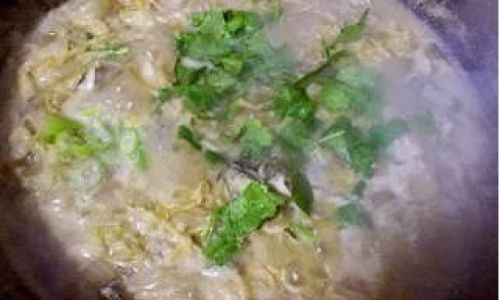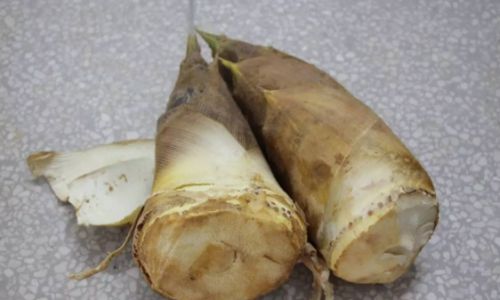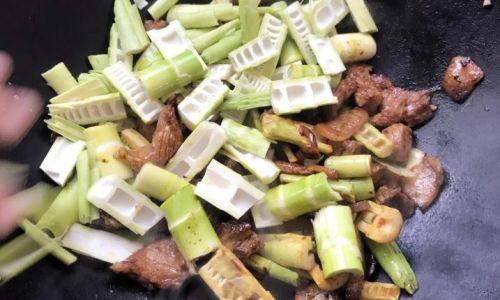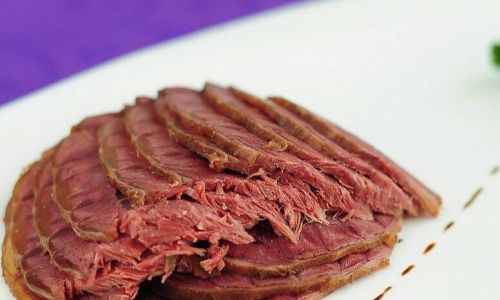Introduction
In the realm of culinary delights, few dishes evoke the warmth and comfort of home quite like Pork and Sauerkraut Stew. This hearty meal, with its rich, savory flavors and aromatic spices, has been a staple in many cultures for centuries. Originating from Central and Eastern European cuisines, particularly in Germany and Poland, pork and sauerkraut stew has transcended borders, finding a place in the hearts and kitchens of people worldwide. Its appeal lies not only in its taste but also in its simplicity and versatility—a perfect blend of tender meat, tangy sauerkraut, and a variety of spices that create a symphony of flavors.
In this comprehensive guide, we will delve into the art of making Pork and Sauerkraut Stew, from selecting the best ingredients to perfecting the cooking process. Whether you’re a seasoned chef or a novice cook, by following these steps, you’ll be able to create a dish that is sure to impress your family and friends.
Chapter 1: Ingredient Selection

The key to any successful dish lies in the quality of its ingredients. When it comes to Pork and Sauerkraut Stew, choosing the right pork cut and sauerkraut is crucial.
1 Pork Selection
For this stew, pork shoulder or pork belly are ideal choices. These cuts are known for their marbling, which results in tender, flavorful meat after slow cooking. Pork shoulder, in particular, has a good balance of fat and lean meat, making it perfect for long, slow braises. Look for pork that is fresh, with a firm texture and a slightly pink hue. Avoid pork that has a grayish color or a slimy texture, as these are signs of spoilage.
2 Sauerkraut Selection
Sauerkraut, or fermented cabbage, adds a tangy, sour flavor to the stew. When selecting sauerkraut, look for brands that use natural fermentation processes without added preservatives or sugars. Freshly made sauerkraut, available at some farmers’ markets or health food stores, is ideal, but jarred varieties can also work well. Ensure the sauerkraut is not too salty; you can always adjust the seasoning later.
3 Additional Ingredients
Beyond the main components, several additional ingredients enhance the stew’s flavor profile:
- Onions and Garlic: These aromatic vegetables form the base of the stew, providing a sweet and savory backbone.
- Carrots and Potatoes: These vegetables add sweetness and creaminess, respectively, and help to thicken the stew naturally.
- Apple Cider Vinegar: A splash of apple cider vinegar brightens the flavors and helps to balance the sauerkraut’s tanginess.
- Bay Leaves, Thyme, and Caraway Seeds: These herbs and spices add depth and complexity to the dish.
- Beef or Pork Broth: A good quality broth adds richness and flavor to the stew.
- Salt and Pepper: Season to taste, remembering that sauerkraut can be quite salty, so add salt sparingly.
Chapter 2: Preparation and Cooking Techniques
With the ingredients in place, it’s time to focus on the preparation and cooking techniques that will transform these simple elements into a culinary masterpiece.

1 Preparation
Begin by preparing your ingredients. Peel and chop the onions, carrots, and potatoes into bite-sized pieces. Mince the garlic. If using fresh sauerkraut, rinse it under cold water to remove excess salt, then drain well. Cut the pork into large, manageable chunks, removing any excess fat.
2 Browning the Pork
In a large, heavy-bottomed pot or Dutch oven, heat a tablespoon of olive oil over medium-high heat. Season the pork chunks with salt and pepper, then sear them in the hot oil until they are browned on all sides. This process, known as browning, locks in juices and adds a layer of flavor to the stew. Remove the pork from the pot and set it aside.
3 Building the Base
In the same pot, add the chopped onions and cook until they are translucent. Add the minced garlic and cook for another minute, until fragrant. Stir in the chopped carrots and potatoes, cooking until they begin to soften. This creates a flavorful base for the stew.
4 Adding the Sauerkraut and Pork
Return the browned pork chunks to the pot, nestling them among the vegetables. Add the sauerkraut, spreading it evenly over the top. Pour in enough beef or pork broth to cover the ingredients by about an inch. Add the bay leaves, thyme sprigs, and caraway seeds. Bring the mixture to a boil, then reduce the heat to low.
5 Simmering

Cover the pot and let the stew simmer gently for about 2 to 3 hours, or until the pork is tender and falling apart. During this time, the flavors will meld together, creating a rich, aromatic broth. Check the stew occasionally, stirring gently to prevent sticking and adding more broth if necessary to maintain the desired consistency.
6 Finishing Touches
After the stew has cooked for the required time, taste and adjust the seasoning with salt and pepper. If the stew is too tangy for your taste, add a splash of apple cider vinegar to balance the flavors. Remove the bay leaves and thyme sprigs before serving.
Chapter 3: Serving and Enjoying
Pork and Sauerkraut Stew is a versatile dish that can be enjoyed in various ways. Here are a few serving suggestions to elevate your dining experience:
1 Traditional Serving
Serve the stew hot, ladled over a bed of mashed potatoes or noodles to soak up the delicious broth. Garnish with freshly chopped parsley or dill for a burst of fresh flavor.
2 Hearty Sandwich
For a more casual meal, spoon the stew onto a slice of crusty bread, top with a slice of cheese, and broil until the cheese is bubbly and golden. This creates a hearty, messy sandwich that’s perfect for a cozy evening in.

3 Side Dishes
Pair the stew with a side of crusty bread, a simple green salad, or a side of roasted vegetables to round out the meal. The stew’s rich flavors complement a variety of sides, making it a versatile dish for any occasion.
Conclusion
Pork and Sauerkraut Stew is a timeless dish that combines the comfort of home-cooked meals with the depth of flavor that only slow cooking can achieve. By carefully selecting your ingredients, following the preparation and cooking techniques outlined in this guide, and serving the stew with thoughtful side dishes, you can create a meal that is both satisfying and memorable.
Whether you’re cooking for a family dinner, a friend’s gathering, or simply treating yourself, Pork and Sauerkraut Stew offers a warm, hearty experience that transcends cultural boundaries. Its rich, savory flavors and aromatic spices make it a dish that is as comforting as it is delicious. So, gather your ingredients, roll up your sleeves, and embark on a culinary journey that will leave you with a pot of gold—or, in this case, a pot of stew—at the end. Enjoy!






0 comments